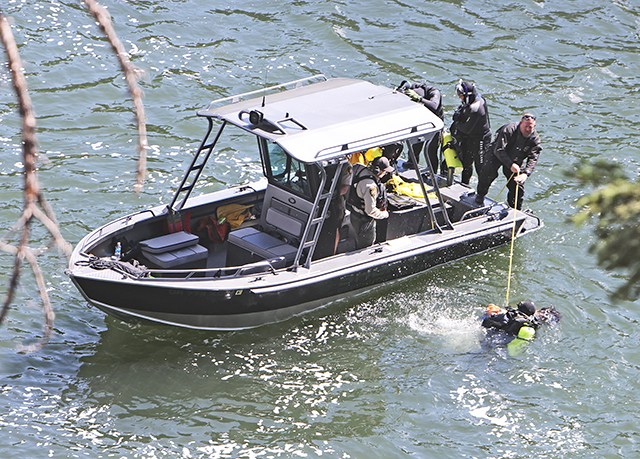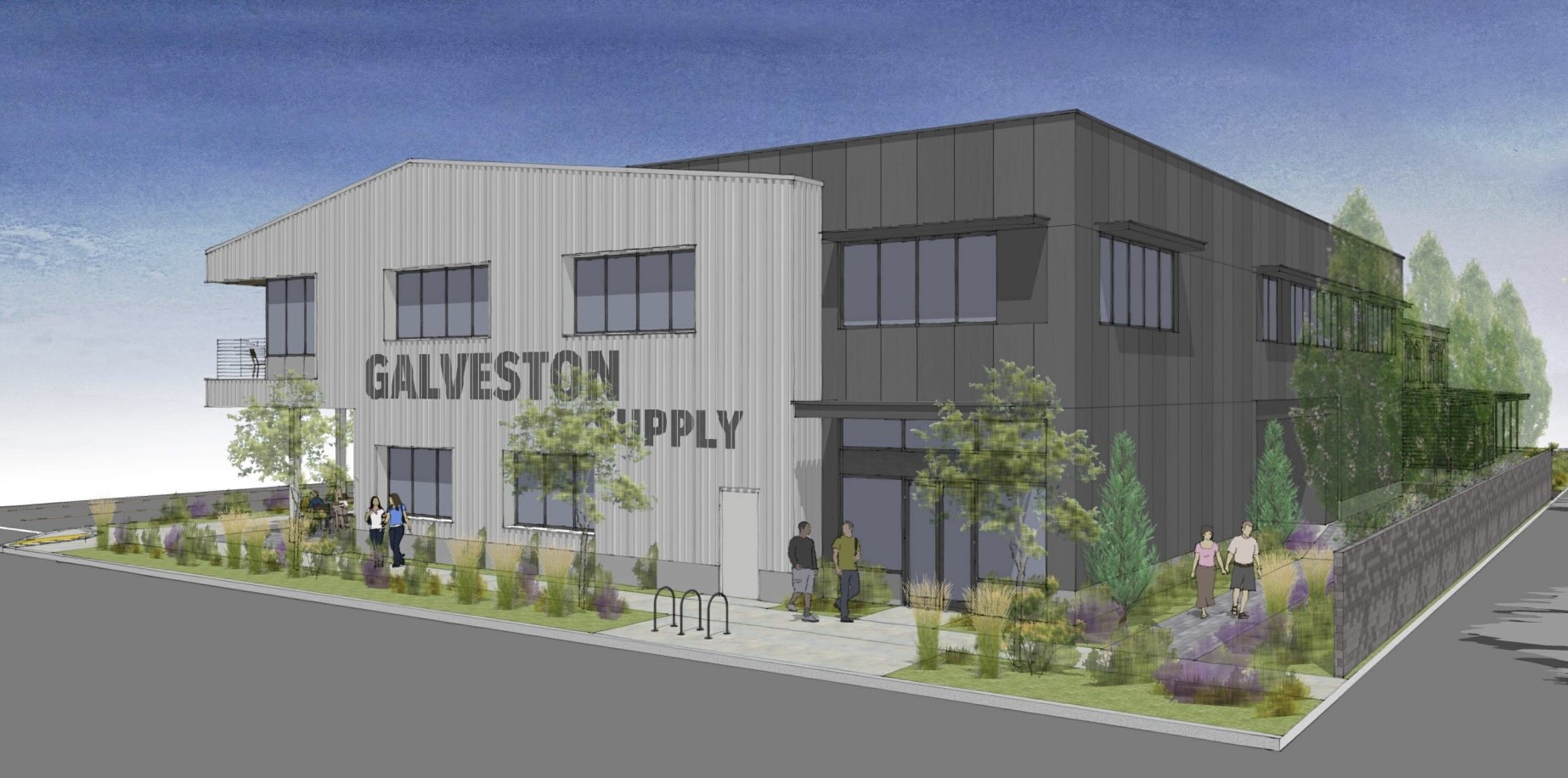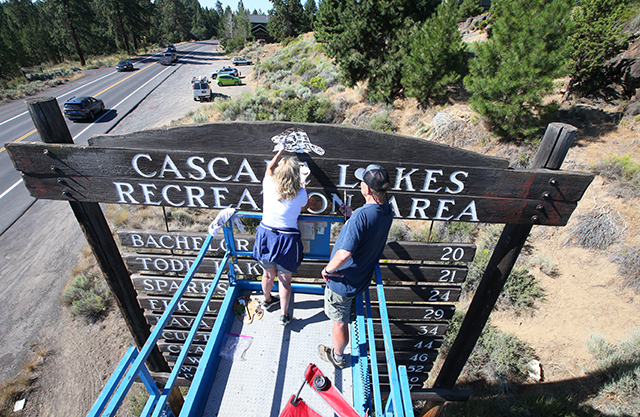Camping, kayaking and biking near East Lake
Published 4:30 am Friday, July 30, 2021

- Kayaks and other watercraft rest on the shore at East Lake in July.
It was not the best timing.
I secured a campsite reservation at East Lake’s Cinder Hill Campground last week, and then two days later the campfire ban in Oregon east of Interstate 5 went into effect.
Trending
Located at 6,400 feet in the Newberry National Volcanic Monument southeast of Bend, East Lake can get bitterly cold at night, even in the middle of summer. But I checked the forecast, and the low temperatures would remain in the 50s this past weekend at East Lake, so we would be just fine for tent camping as long we brought warm clothes.
My 13-year-old son Mason and I arrived at our campsite on the lake and noted the small red flag in the fire ring that read “No fires!”
That also meant no S’mores, but we got over that mild disappointment, stayed warm our first night even without a fire and set off on adventures the next morning.
If you’re looking for a variety of adventure in Central Oregon, East Lake and the surrounding Newberry Rim offer plenty. First and foremost, East Lake is a fishing lake. Fly and spin anglers both crowd the lake for a chance at a variety of species, including rainbow trout, brown trout and kokanee.
East Lake is also an ideal spot for paddling and mountain biking.
We set out from our campsite early in the morning on a tandem kayak, hugging the north end of the lake along towering rock walls. A great blue heron on the shore watched us suspiciously as we floated by, then took off in flight in search of fish.
Trending
On the west end of East Lake, we explored the clear, light-green water and saw three rainbow trout swimming nearby.
We continued to follow the shoreline as we rounded the south end of the lake and watched an osprey fly overhead, occasionally making a dive for a fish.
According to my Garmin watch, by the time we arrived back at the campsite we had paddled about 5 miles in 2 1/2 hours.
The next day, we decided to mountain bike part of the Newberry Crater Rim Loop Trail, which is 20 miles long and circles the entire caldera.
I drove to the summit of 7,987-foot Paulina Peak with the bikes on the rack. After soaking in the dramatic views from the summit, we biked down to the start of the Crater Rim Trail, about 500 vertical feet below the summit. The loop, best ridden counterclockwise, ends at Paulina Lake Resort.
The ride offers majestic views of the ancient Newberry caldera, 17 square miles and 1,000 feet deep in most places. Sitting in the caldera are both Paulina and East lakes and several lava beds.
Mason and I knew that neither of us had the energy to ride the entire loop, so we opted for an out-and-back ride of about 8 miles.
The first part of the trail is rocky and a bit technical, and it climbs eastward along a ridgeline just south of the lakes. Below us was Big Obsidian Flow, a huge mass of gray lava rock formed about 1,400 years ago when, according to informational material provided by the U.S. Forest Service, the Paulina Lake ash flow spread from near the south caldera wall to Paulina Lake.
Eventually the riding surface turned from dirt to pumice as we advanced along the trail and began descending the ridge. The loose terrain felt almost like popcorn as our tires dug into the light gravel. One small lapse in concentration and the uneven, unpredictable pumice would make us pay.
About 1,600 years ago, one of the Newberry Volcano’s many eruptions produced the Newberry pumice-fall deposit, which blanketed the east flank of the volcano with the pumice there today, according to the Forest Service.
After 4 miles, we turned around to climb back along the rim toward Paulina Peak. Looking south we could see numerous buttes, and even Fort Rock, appearing like a ship floating in a haze of wildfire smoke from numerous fires to the south.
The climb back was somewhat grueling, especially the last 500 feet up the gravel road to the summit. The 8-mile ride took about 1.5 hours.
The entire 20-mile loop is aerobically strenuous and technically intermediate — typically requiring about three to five hours.
Back atop Paulina Peak, we once again took in the hazy panoramic views of the caldera, the blue lakes and the Cascade Range before loading up the bikes and driving back home to Bend.







